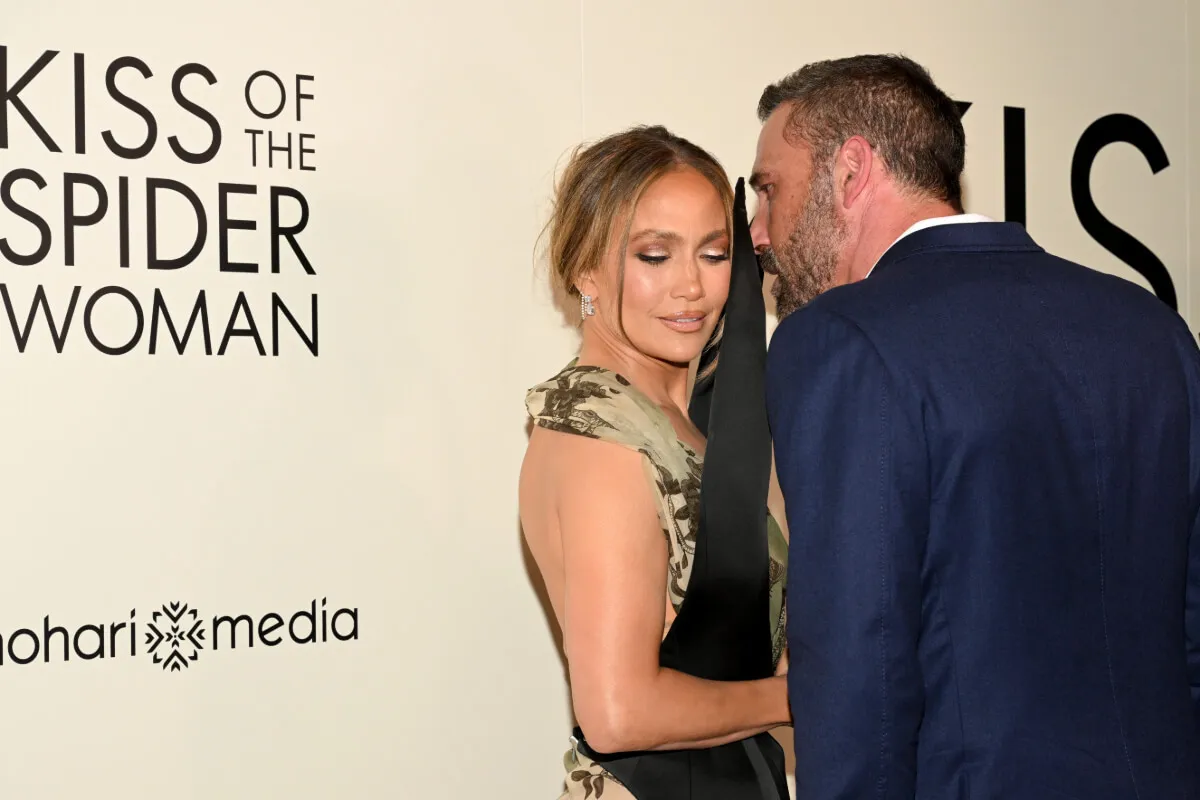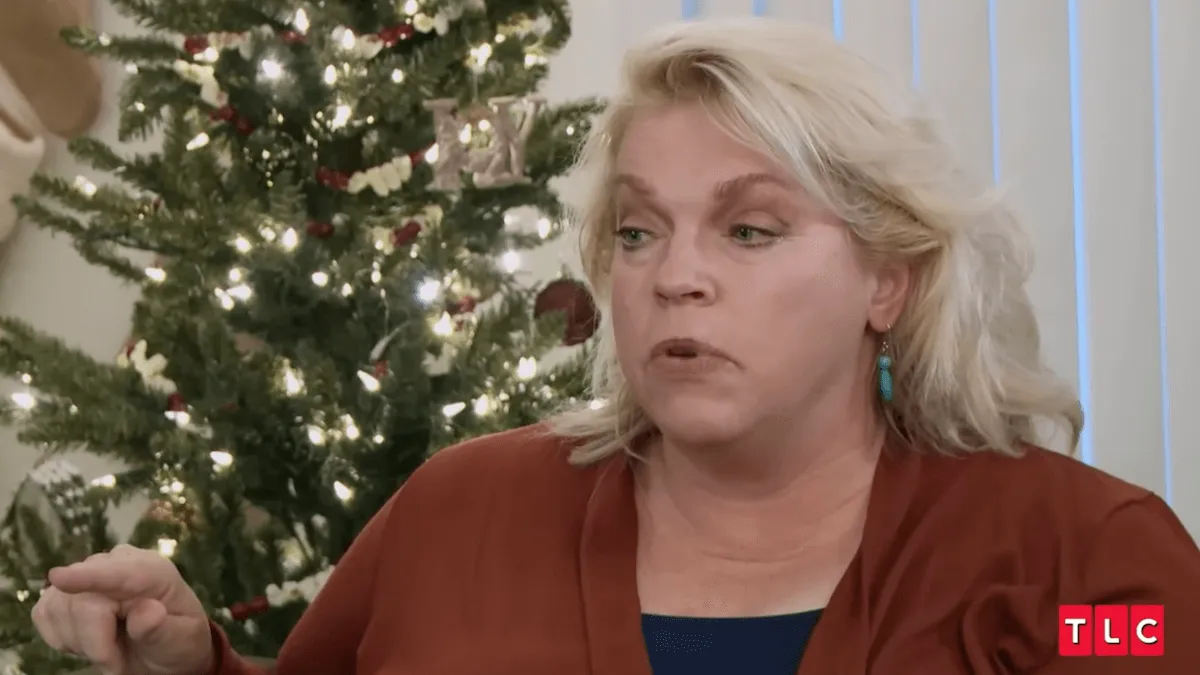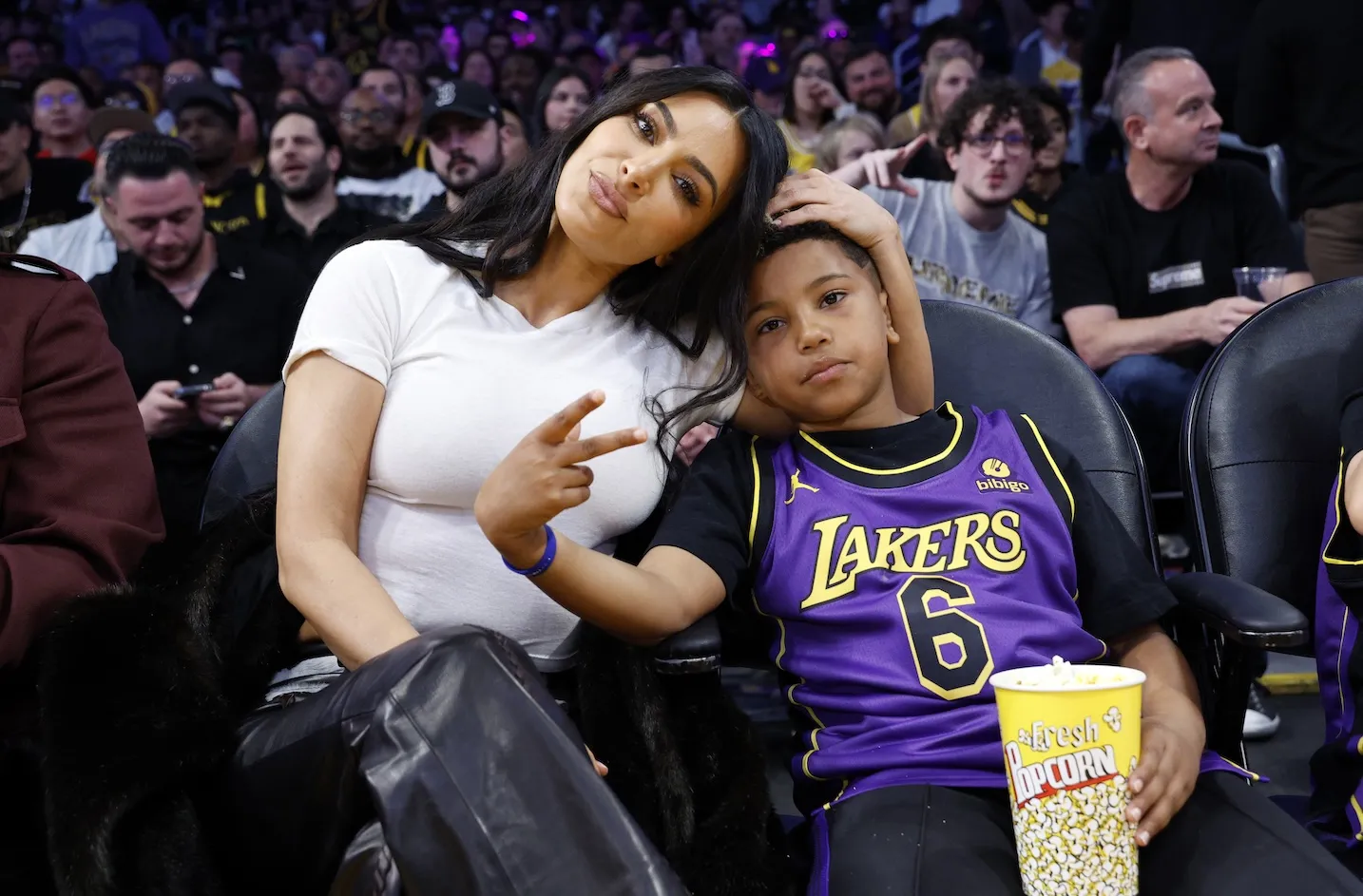Why Jimi Hendrix Lit His Guitar on Fire at an Early UK Show
You could say the Jimi Hendrix legend began in two parts, one on each side of the Atlantic. Over in England, Hendrix got the attention of everyone on London’s rock scene when he upstaged Eric Clapton during a jam at a Cream concert. That was late ’66.
But the Jimi Hendrix Experience didn’t become known in the U.S. until the Monterey Pop Festival in June ’67. With the Summer of Love kicking off and lots of soft rock on the Monterey stage, Hendrix finished a blistering set by lighting his guitar on fire.
The cliché thing to say at this point is something like rock was never the same again. And it’s true, if only because Hendrix fulfilled his promise in several ways. He played guitar better than anyone had before; and he backed it up with studio albums filled with brilliant original music.
Hendrix’s stage show, which hit an early peak in Monterey, definitely played a part in his rise to superstardom. But his legendary guitar-on-fire move at Monterey was not the first time he’d done that. Hendrix caused a stir in England a few months earlier with the same stunt.
Jimi Hendrix lit his guitar on fire the 1st night of a UK tour with Cat Stevens and the Walker Brothers
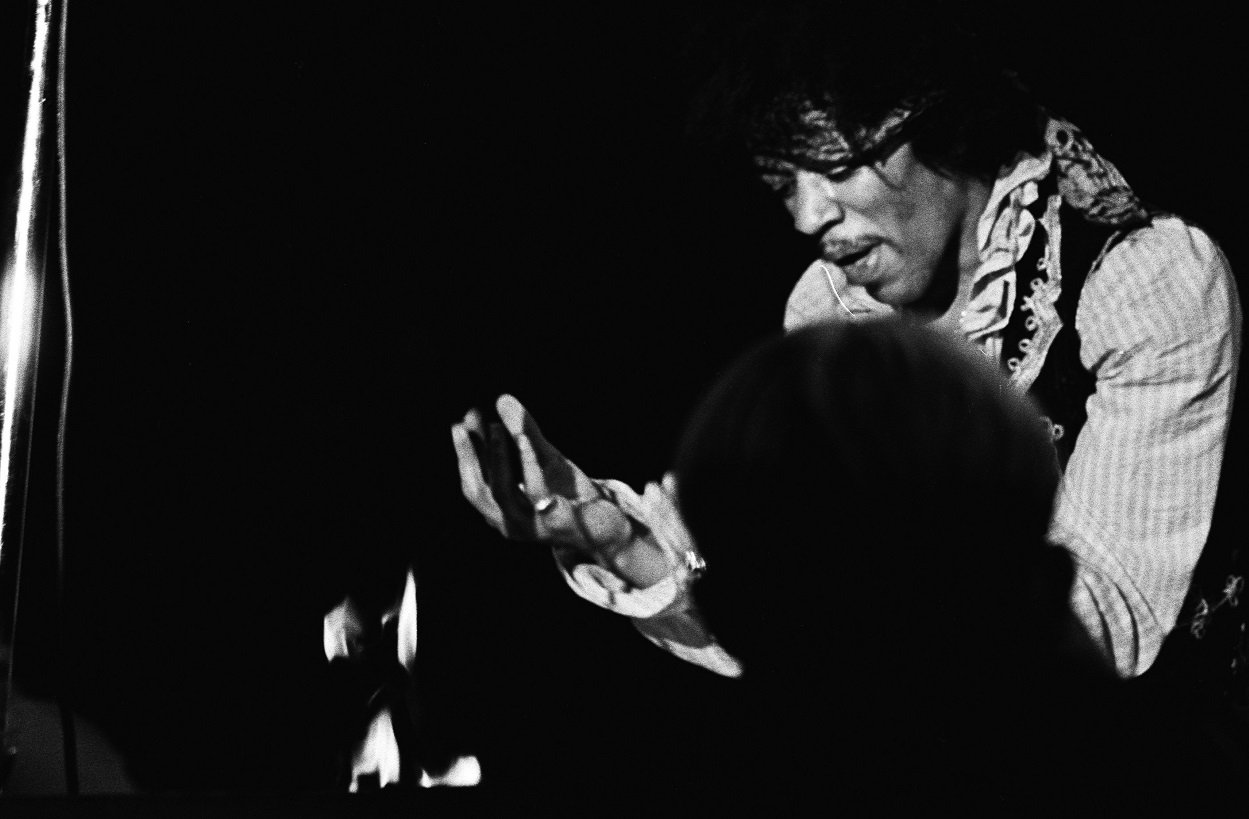
In the latter half of March ’67, Hendrix released “Purple Haze,” his second U.K. single. After the success of his debut “Hey Joe,” Hendrix’s label (Track) expected big things from the song. Chas Chandler, Hendrix’s manager, lined up TV appearances and a package tour spot to make it happen.
The package tour featured a rather strange lineup. The Walker Brothers, the pop act from America, headlined the shows. Hendrix’s Experience, Cat Stevens, and Englebert Humperdinck had billing as supporting acts. Obviously, Hendrix’s show was infinitely more explosive than the rest.
While the audiences were paying to see the Walker Brothers, Chandler had designs on Hendrix stealing the show. And he wanted to make a statement on the tour’s opening night: March 31, 1967, in London. In Chris Welch’s biography Hendrix (1972), Chandler recalled putting a plot in motion.
“I think it was [writer and Who publicist] Keith Altham’s idea to set fire to the guitar,” Chandler recalled. The plan was for Hendrix to close his second set with “Fire.” And Altham suggested he start one of his own. “We sent the roadie out for lighter fluid,” Chandler recalled. And they prepared the fire.
Hendrix’s stunt worked exactly as planned with the London press
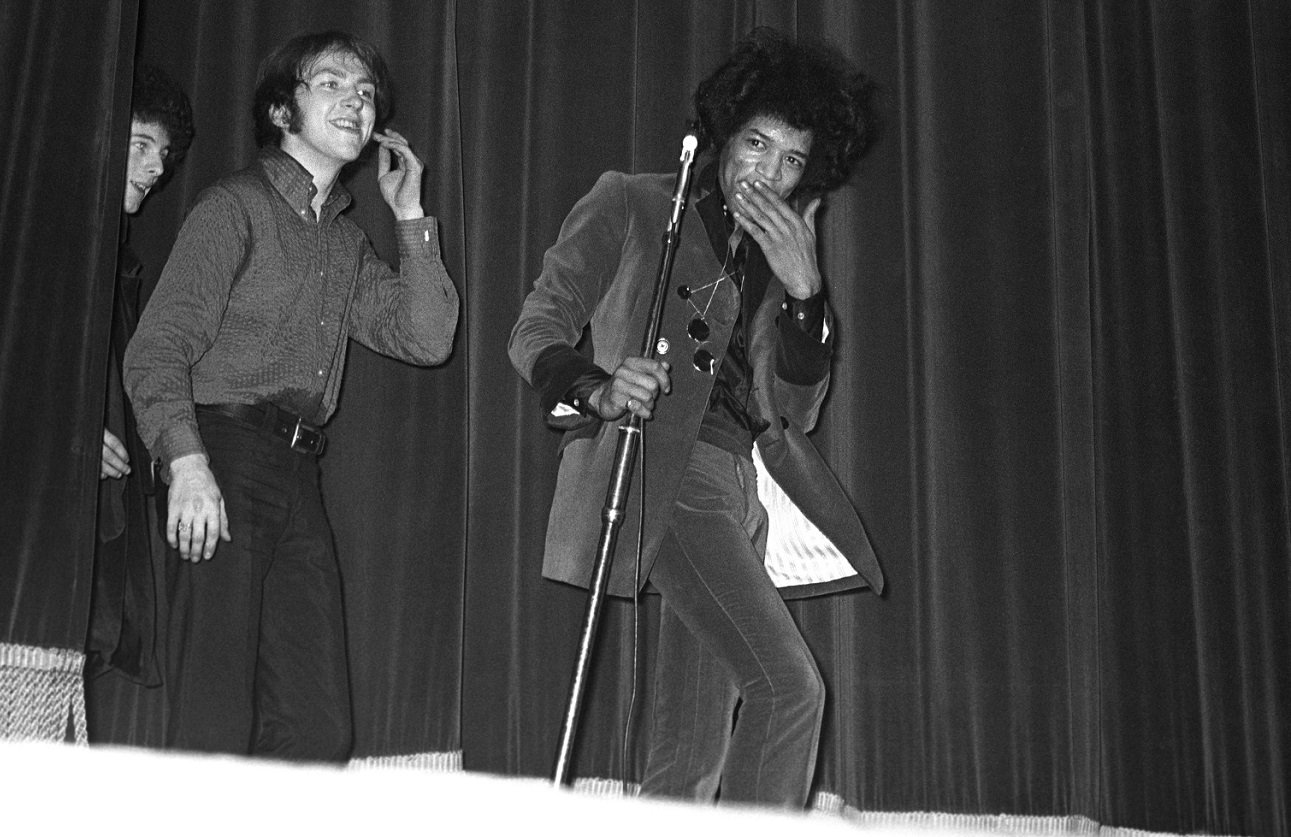
If you’ve seen the footage of Hendrix lighting his guitar on fire in Monterey, you know it doesn’t go up right away. It takes several matches and extra lighter fluid for the flames to start up in earnest. The first time came off even more awkwardly.
“The matches kept going out!” Chandler recalled in Hendrix. “Jimi was lying on his back, striking matches for five minutes.” But once Hendrix got it lit, pandemonium ensued. The audience went wild. Meanwhile, a press agent tried to pass off the story that Hendrix’s guitar had short-circuited.
In Hendrix: Setting the Record Straight (1992), Hendrix roadie Gerry Stickells recalled trying to distract members of the press from the can of lighter fluid lying in the orchestra pit. “I was trying to stand in front of it while they were looking at me,” Stickells recalled.
The plan worked beautifully. Obviously, all reports of the show centered on Hendrix, whom reporters began describing as “The Black Elvis.” And Hendrix kept stealing the show as the tour continued. As for “Purple Haze,” it jumped from its entry point at No. 39 to No. 6 a month later. The legend grew quickly.
